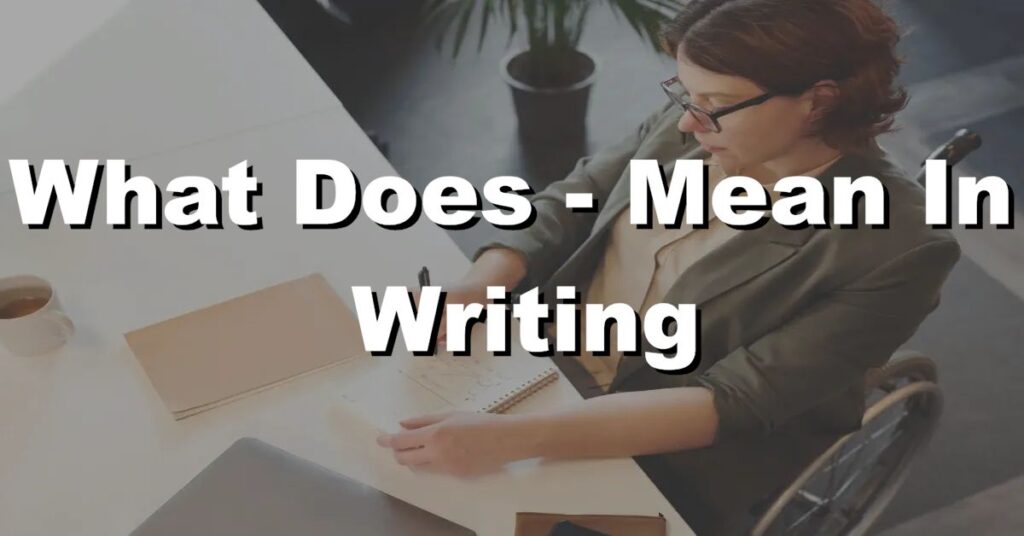Punctuation marks are essential in writing as they help convey meaning and make the text easier to read and understand. One of the most common punctuation marks is the hyphen (-), which is used in various ways to create compound words, join words together, and more.
However, despite its prevalence, many people still wonder about the precise meaning and usage of the hyphen in writing. In this article, we will explore the different ways hyphens are used in writing and what they signify.
The Basics of Hyphens: What They Are and When to Use Them
Hyphens are punctuation marks used to join words or parts of words together. They play a crucial role in enhancing clarity, indicating word connections, and avoiding ambiguity.
Hyphens are typically shorter than dashes and are often used in compound words or to create new words.
Compound Words and Hyphens: How to Create New Words with Hyphens
One important use of hyphens is in creating compound words. When two or more words are combined to form a single concept, hyphens are used to link them together.
For example, “well-being” and “self-esteem” are compound words where the hyphen connects the different elements. Hyphens are also used when combining a noun with a present participle, such as “mind-blowing” or “time-saving.”
Hyphens for Clarity: Using Hyphens to Avoid Ambiguity
Hyphens play a vital role in maintaining clarity and avoiding ambiguity in writing. They are used to clarify the relationship between words or to prevent misinterpretation. For instance, consider the phrase “small business owner.”
Without a hyphen, it could be read as a small owner of a business. However, with a hyphen, “small-business owner” makes it clear that it refers to the owner of a small business.
The Elusive En Dash: How It Differs from a Hyphen and When to Use It
While hyphens are used to connect words, the en dash (–) has a distinct purpose. It is slightly longer than a hyphen and is primarily used to indicate ranges or connections between elements.
For example, “pages 10–15” or “the London–New York flight.” The en dash is used when expressing a span or connection, such as time periods, numerical ranges, or geographic connections.
Common Mistakes with Hyphens: How to Avoid Errors and Misuse
Misusing hyphens is a common error in writing. One common mistake is overusing hyphens or using them when they are not necessary. Hyphens should be used judiciously and only when they clarify meaning or aid in readability.
Another mistake is neglecting to use hyphens in compound words, which can lead to confusion. It’s essential to consult grammar and style guides to ensure proper usage and avoid these common mistakes.
Conclusion
In conclusion, hyphens are valuable punctuation marks that serve various purposes in writing. They are used in compound words, create new words, clarify meaning, and prevent ambiguity.
The en dash, distinct from a hyphen, is used for ranges and connections. By understanding when and how to use hyphens correctly, writers can enhance clarity, avoid mistakes, and improve their overall writing skills.

